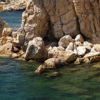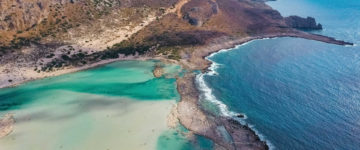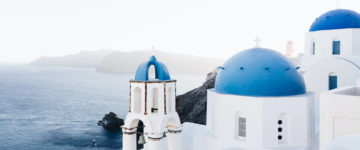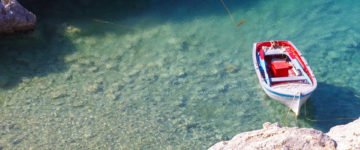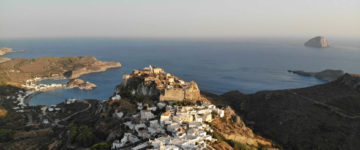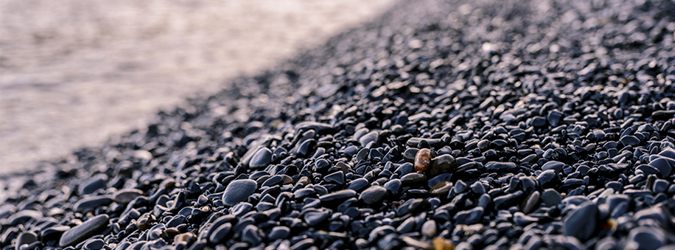
The Craggy Chios, that’s the name Homer give to Chios island and he should know, since this is said to be his native home. Chios remains relatively unspoiled, and that’s why is still a recommended island to visit. There are two kind of beaches in Chios, those on the southeast side full of black pebbles which are eager to offer relaxation to those who seek for it and the others on the west coast with white sand which are not at all crowded.
The majestic mountain setting of Nea Moni an 11th-century Byzantine monastery in the center of the island and the extraordinary mosaics of its chapel make for an unforgettable visit.
The mastic villages on the island’s south side are among the most unusual medieval towns in Greece; the towns get their name from a tree resin used in chewing gum, paints, and perfumes that grows nowhere else in the world.
The beach of Chios town is likely to be your first glimpse of the island, and admittedly it isn’t an especially appealing sight—unappealing modern buildings and generic cafes have taken over what must once have been a fine harbor. Thankfully, a few pockets of the original town farther inland have survived earthquakes, wars, and neglect. The Kastro, the mosque on the main square, the mansions of Kampos, and the occasional grand gateway are among the signs of a more prosperous and architecturally harmonious past.
Chios is located in the north Aegean and belongs to the Northeast Aegean Islands group which contains the islands Samos and Lesvos also. Those three islands is far away from the Greek mainland, dispersed along the coast of Turkey. The geographic coordinates of Chios are 38°24’00.0″N 26°01’00.0″E in Aegean Sea.


